If you are considering insulating your shed, there are several factors to think about. Firstly, the cost of insulating your shed is a key factor in deciding whether it’s worth tackling the project. Knowing what types of insulation solutions are available and their associated costs can help make an informed decision for homeowners wishing to increase the energy efficiency of their outdoor building. In this blog post, we’ll look at potential ways to insulate a shed and estimate how much each option could end up costing you.
Is Insulating A Shed Worth It?
The cost of insulating a shed can vary depending on the size and complexity of the project, as well as any special materials that may need to be purchased. But whether or not it is worth it for you will depend on your needs. If you are looking for increased comfort in your shed during cold weather months, then insulating it could provide just that. Additionally, if you plan to use your shed as a home office or workshop, having an insulated space can help reduce noise from outside sources and maintain a more comfortable temperature inside the building.
Furthermore, if you plan to use your shed for energy efficiency purposes, having proper insulation in place can help reduce energy costs by trapping and controlling the temperature of air entering or leaving the building.
Ultimately, deciding whether or not insulating a shed is worth it will depend on your individual needs and preferences. While there are many benefits associated with insulation installation projects, only you can decide if these advantages justify the associated costs. If you believe that increased comfort levels in your shed combined with moisture and temperature protection outweighs any financial investment involved in insulating your space – then it may be a worthwhile endeavor for you! [1]
How Long Will Your Insulation Last?
Insulation for a shed is generally made from materials such as fiberglass, cellulose, or foam. These products can last anywhere from five to twenty-five years depending on the material and the climate you live in. In many cases, insulation will last longer than the shed itself! The best way to get an accurate estimate of how long your insulation will last is to consult with a professional contractor who can assess the climate and environment where your shed is located and recommend the right product and installation method for your needs.
In conclusion, how long your insulation lasts will depend on the type of material you choose, the climate and environment where your shed is located, and proper maintenance. Consulting with a professional contractor can help ensure that you get the best product for your needs and make sure it lasts as long as possible.
How Much Will It Cost To Insulate Your Shed?
To ensure the safety and security of items stored inside, it is important to consider insulating the shed. The total cost of insulating your shed will vary based on factors such as the size of the shed, the type of insulation you select, and the amount of labor required for the project.
The larger your shed is, the more you can expect to pay for insulation materials and installation.
Generally, it costs around $2 per square foot for basic wall insulation, with prices increasing depending on the type of insulation material used. You may also need additional products like a vapor barrier or rigid foam board that may increase overall costs. On top of this, you should factor in any labor costs if hiring professional help for installation. [2]
What Is The Best Way To Install Insulation?
The best way to install insulation in a shed is to begin with the walls. Take measurements for width and height, and then cut your insulation material accordingly. If you’re using rigid panels, attach them directly to the wall studs with screws or nails. If you’re using loose-fill or blown-in insulation, use a blower to fill the space between the studs. Don’t forget to insulate any doors and windows in your shed as well.
For maximum efficiency, make sure that all seams are tightly sealed with caulk or weather stripping so air can’t leak out of your shed. Lastly, if your roof has an attic area, line it with rolls of unfaced fiberglass insulation. This will help reduce any heat and energy loss that may occur through the roof. With these steps, you can be sure your shed is properly insulated and protected from outside temperatures.
Which Type Of Insulation Should You Use?
The type of insulation you should use when insulating a shed depends on the size and location of your shed. If the shed is small and located in an area with milder temperatures, fiberglass rolls are typically adequate for providing warmth.
No matter which type of insulation you choose, it’s important to properly install it in order to maximize its effectiveness. Make sure to follow the manufacturer’s instructions carefully when installing your insulation and take necessary precautions like wearing protective clothing and goggles while working with or around insulation. Properly insulating your shed can help save you time and money in the long run by keeping temperatures more consistent so your energy bills remain low throughout the year. [3]
Preparing Your Shed For Insulation
Before you start insulating your shed, there are some things that you should do to make sure everything goes smoothly. First, check for any damage or rot in the walls, ceiling or floors of your shed. If necessary, repair these areas before moving on to insulation.
Next, remove any items stored inside your shed and clear away any debris that may be blocking access to the walls and ceiling. Make sure to discard any items you no longer need so they don’t interfere with the insulation process.
Now you’re ready to start insulating your shed! Depending on the type of insulation you select, installation should take between 2 and 4 hours for a standard-sized shed. Make sure to wear protective gear such as gloves, long sleeves, and a dust mask when handling insulation material. Keep reading to learn more about how much it costs to insulate your shed.
Choosing The Right Type Of Insulation For Your Shed
When it comes to insulating a shed, the type of insulation you choose is important. Insulation materials vary in cost, energy efficiency, and durability. Depending on the climate of your region and budget considerations, you may opt for either foam board insulation or fiberglass batting insulation.
Foam Board Insulation is typically more expensive than fiberglass batting insulation but offers superior protection from moisture damage and temperature fluctuations as well as noise reduction benefits. Foam board insulation can be used for any size of shed but will work best in smaller sheds since it takes up less space with its thick rigid sheets compared to batt-style insulation rolls.
On the other hand, Fiberglass Batt Insulation is usually cheaper than foam board insulation and is typically better suited for larger sheds. It also takes up less space as it can be compressed to fit into tight spots, making it easier to work with. However, fiberglass batting insulation offers limited moisture protection and may not keep your shed warm in cold climates or cool in hot climates like foam board insulation does. [4]
Saving Tips
When it comes to insulating a shed, there are several ways to save money. Here are some key tips:
- Do your research: Before you make any decisions, do some research into the different insulation materials available, and their associated costs. This will help you find the most cost-effective option for your project.
- Reuse Materials When Possible: If possible, reuse old materials or salvage them from other projects instead of buying new ones. This can be a great way to save on costs without sacrificing quality.
- Consider DIY Solutions: There are many DIY solutions that can help reduce insulation costs significantly, such as using spray foam insulation kits or installing rigid foam panels yourself with minimal tools and supplies.
- Invest in Quality: While it can be tempting to go with the cheapest option, investing in quality materials is important for creating a durable and long-lasting insulation solution. Be sure to factor this into your budget when calculating costs.
- Shop Around: Different stores may offer different deals on insulation materials, so take some time to shop around before making a decision. This can help you find the best price possible for your project.
By taking these tips into consideration, you can significantly reduce the cost of insulating a shed without sacrificing quality or durability. So take some time to research and plan ahead—it could save you money in the long run!

Factors To Consider When Insulating Your Shed
When considering how much it costs to insulate a shed, there are several factors that must be taken into account. The size of your shed and the type of insulation used will have an effect on the overall cost. Additionally, if you choose to have a professional install the insulation for you, this will add to your overall expenses. Here are some things to think about before deciding whether or not to insulate your shed:
- Size Of Shed – The size and shape of your shed will determine how much material is needed for insulation. If your shed is larger than average, it may require more materials than smaller sheds. Additionally, the amount of space between wall studs and ceiling joists in your shed should be factored into your insulation budget.
- Type Of Insulation – Different types of insulation can have different costs associated with them, depending on their R-value (the measure of thermal resistance). Materials such as foam board and spray foam are typically more expensive than fiberglass or cellulose. Make sure to factor in the cost of materials when deciding which type of insulation is best for your shed.
- Installation Costs – While you may be able to save money by installing the insulation yourself, it’s important to consider the time and effort that goes into doing this correctly. If you’re not confident about installing the insulation correctly, you may want to hire a professional installer who will ensure that everything is done correctly and safely. This will add to the overall cost, but can provide peace of mind.
By taking into account these factors, you’ll be able to get a better understanding of how much it will cost to insulate your shed and make an informed decision on whether or not it’s worth the expense. With careful planning and budgeting, you can have an insulated shed that will keep your tools and supplies safe from the elements. [5]
Things to Avoid When Insulating a Shed
When insulating a shed, there are certain things to avoid in order to achieve the best results. Some of these include:
- Not applying insulation correctly – Applying insulation incorrectly can lead to drafts and make it difficult to keep the shed warm. Make sure you hire an experienced professional who knows what they’re doing when insulating your shed.
- Using too much or not enough insulation – Too little insulation won’t protect against extreme temperatures and heat gain, while too much insulation will waste energy and money. The right amount of insulation depends on the size and location of the shed, as well as its intended use.
- Installing low-quality materials – Cheaper materials may seem like a great deal, but they may not last as long and their insulation abilities won’t be as good. Always opt for higher quality materials to get the best results.
- Not air sealing first – Before you start insulating your shed, make sure to air seal it by closing off any gaps or cracks that could let in air. This will help prevent drafts and keep the shed warmer.
By avoiding these common mistakes, you can ensure that your shed is properly insulated and comfortable all year round!
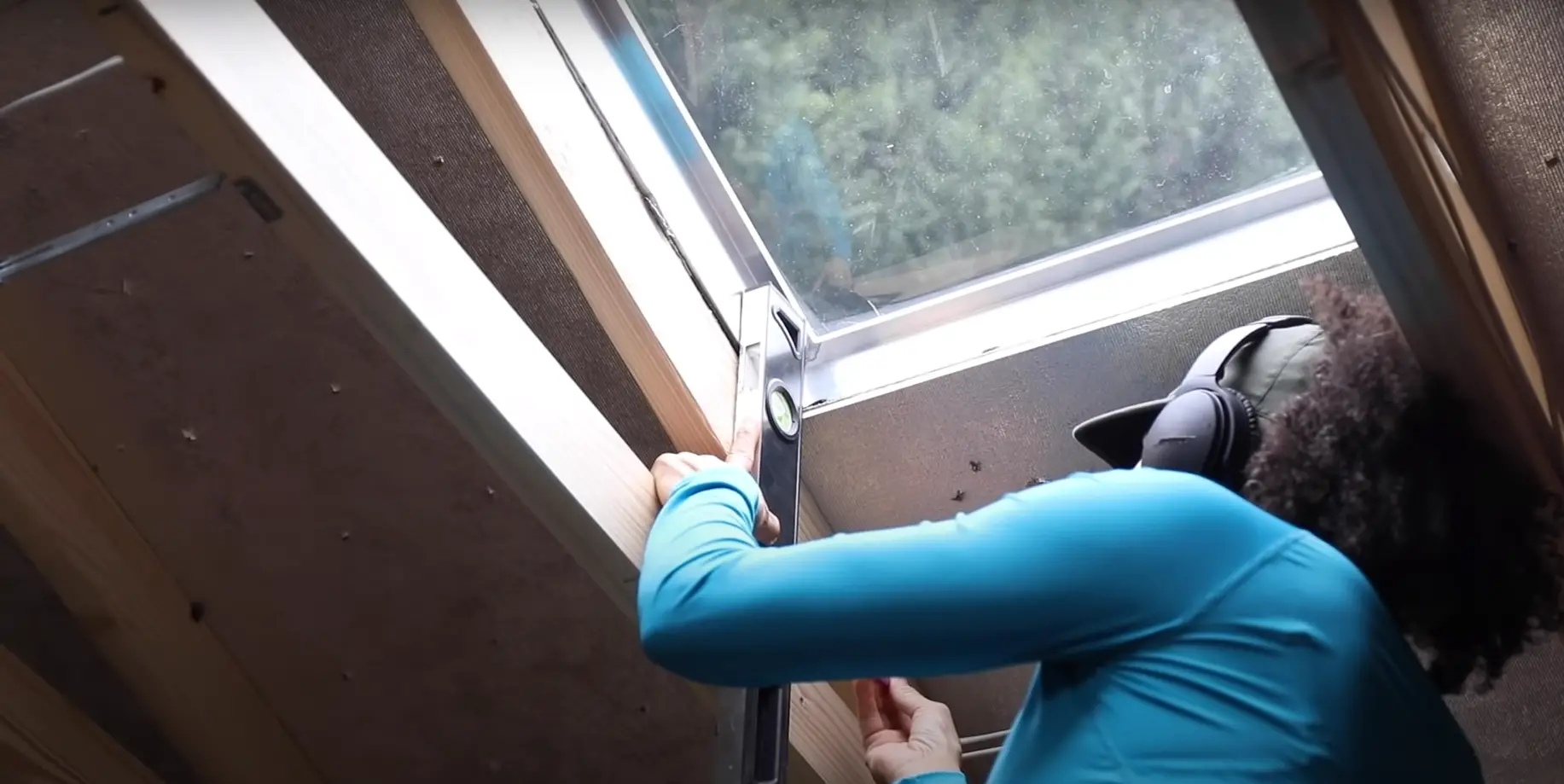
What Is the R Value of the Insulation Needed?
The R value is the measure of thermal resistance that describes how well the insulation material can resist heat flow. The higher the R-value, the better it will insulate your shed. It is important to choose an insulation material that has a suitable R-value for your climate and specific applications.
Generally speaking, you should look for insulation with a minimum R-value of 11 in colder climates and 14 in warmer climates. Be sure to select an insulation material that has been approved by local building codes before installation.
When installing the insulation, it is important to make sure that it fits snugly between the studs and joists in your shed. This will help keep your shed insulated effectively and reduce energy loss. Make sure you also use caulk or expanding foam to seal any cracks, gaps, or seams that may exist.
The cost of insulating a shed can vary depending on the type of insulation chosen and its R-value, as well as the size of your shed structure. On average, expect to spend around $1-$3 per square foot depending on these factors. Professional installation costs can add up quickly so be sure to get multiple quotes before making a final decision. [6]
FAQ
What is the cheapest way to insulate a shed?
The cheapest way to insulate a shed is by using foam board insulation. Foam boards are typically inexpensive and easy to install, making them the ideal choice for budget-conscious homeowners looking to insulate their sheds. Additionally, foam board insulation can help reduce drafts and control temperature fluctuations in your shed.
What other materials are used for insulating a shed?
In addition to foam boards, some common materials used for insulating a shed include fiberglass batts and rolls, cellulose fibers, spray foam insulation, and reflective foil insulation. Each of these materials has its own advantages and disadvantages depending on the size of your space as well as your budget and climate conditions.
How much does it cost to insulate a shed?
The cost of insulating a shed will depend on the size, type of insulation used, and other factors such as labor costs. Generally speaking, foam boards tend to be the most affordable option, with estimated costs ranging from $100-$300 for an average-sized shed. Other materials may cost more depending on the size and complexity of the project.
Are there any risks associated with insulating a shed?
Yes, improper installation or using low-quality materials can lead to potential problems such as inadequate insulation or air leaks that can have negative effects on your sheds performance. Additionally, some types of insulation may require special safety measures when installing them in enclosed areas like sheds due to fire hazards or off-gassing issues. Therefore, it is important to consult with a professional before attempting DIY insulation projects. By taking the necessary precautions and using the right materials, you can ensure that your shed is properly insulated at an affordable cost. With the right approach and some research, you can make sure that insulating your shed doesn’t blow your budget!
Is it worth insulating a shed?
The answer is yes! It may cost a bit more upfront, but insulating your shed will be beneficial in the long run. The exact cost of insulating a shed depends on several factors, such as the size of the shed, the type of insulation you’re using, and whether or not you’re hiring someone to do it for you. Generally speaking, most insulation jobs cost anywhere from $200-$1000 depending on these factors. Even if you opt to DIY the job yourself, there’s still some expense involved due to materials and tools needed for installation. The benefits of insulating your shed are far worth it though. An insulated shed helps reduce energy costs because it prevents heat from escaping during winter months and keeps ai conditioned air from escaping during summer months. Plus, it helps to reduce outside noise and provides a more comfortable environment for working or storing items.
Does insulating a shed stop damp?
Yes, adding insulation to a shed can help keep moisture out. It does this by providing an extra layer of protection between your shed and the outside elements. When properly applied, insulation will form an effective barrier that prevents warm air from entering the building and condensing on cold surfaces. This stops dampness, which can cause wood rot, mold, and mildew growth over time.
Does an insulated shed need ventilation?
Yes, it’s important to ensure your shed is properly ventilated even if you decide to insulate it. This helps regulate the temperature inside and prevents moisture buildup. Make sure there are air vents near the top and bottom of the shed walls to allow air circulation, as well as an exhaust fan or roof vent for added ventilation. Additionally, using a dehumidifier can help keep moisture levels in check. Taking these steps will ensure your insulated shed stays dry, comfortable, and safe from dampness-related damage. With a bit of preparation and maintenance, you can successfully insulate your shed without having to worry about damaging dampness issues down the road.
Useful Video: How to Insulate a Shed – Thrift Diving
Conclusion
In conclusion, there are several factors to consider when it comes to insulating a shed, such as the size of the shed, the type of insulation being used, and any additional materials needed. The cost of insulating a shed can range from around $100 for basic foam board insulation to upwards of $1,000 or more for advanced spray-in insulation. It’s important to research all your options and choose the best solution for your needs in order to get maximum value for your money. With proper planning and budgeting, you can successfully complete an effective insulation job on your shed that will help keep it comfortable regardless of outside temperatures.
Regardless of which insulation option you choose, be sure to have all necessary supplies and materials on hand before beginning the project. Having an understanding of how much it will cost to insulate your shed can help you make a more informed decision and plan accordingly. With proper preparation, you can rest assured that your shed will stay comfortable year-round.
Good luck!
References:
- https://greenbuildingelements.com/how-much-does-it-cost-to-insulate-a-shed/
- https://lelandsbarns.com/what-is-the-cost-of-diying-a-shed-interior/
- https://shedsunlimited.net/blog/insulated-sheds/
- https://www.forbes.com/home-improvement/insulation/how-to-insulate-shed/
- https://insulationcostsireland.com/how-much-does-shed-insulation-cost-in-ireland.html
- https://insulation4less.co.uk/blogs/guides-and-news/insulate-your-garden-shed-for-the-winter






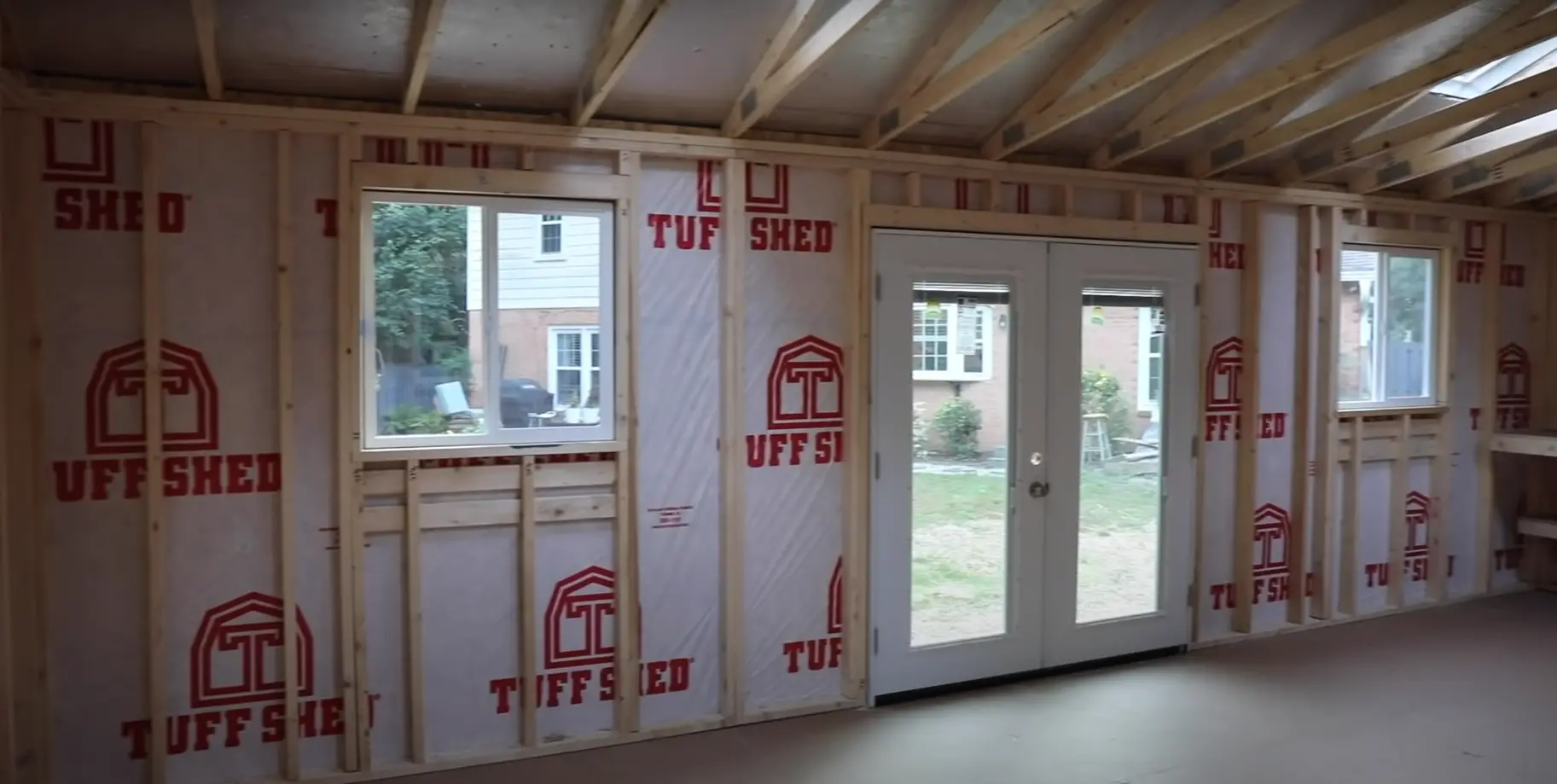
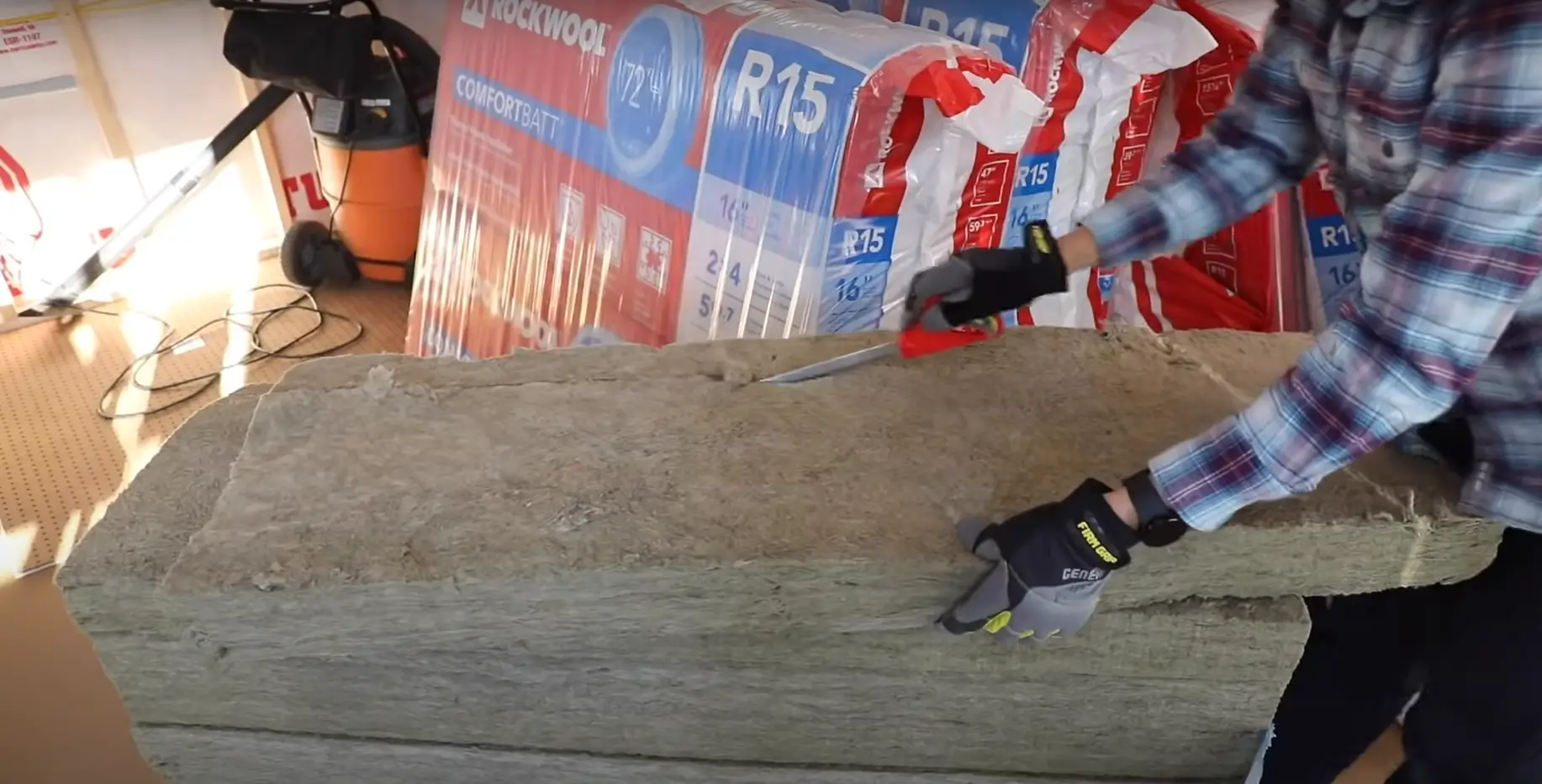
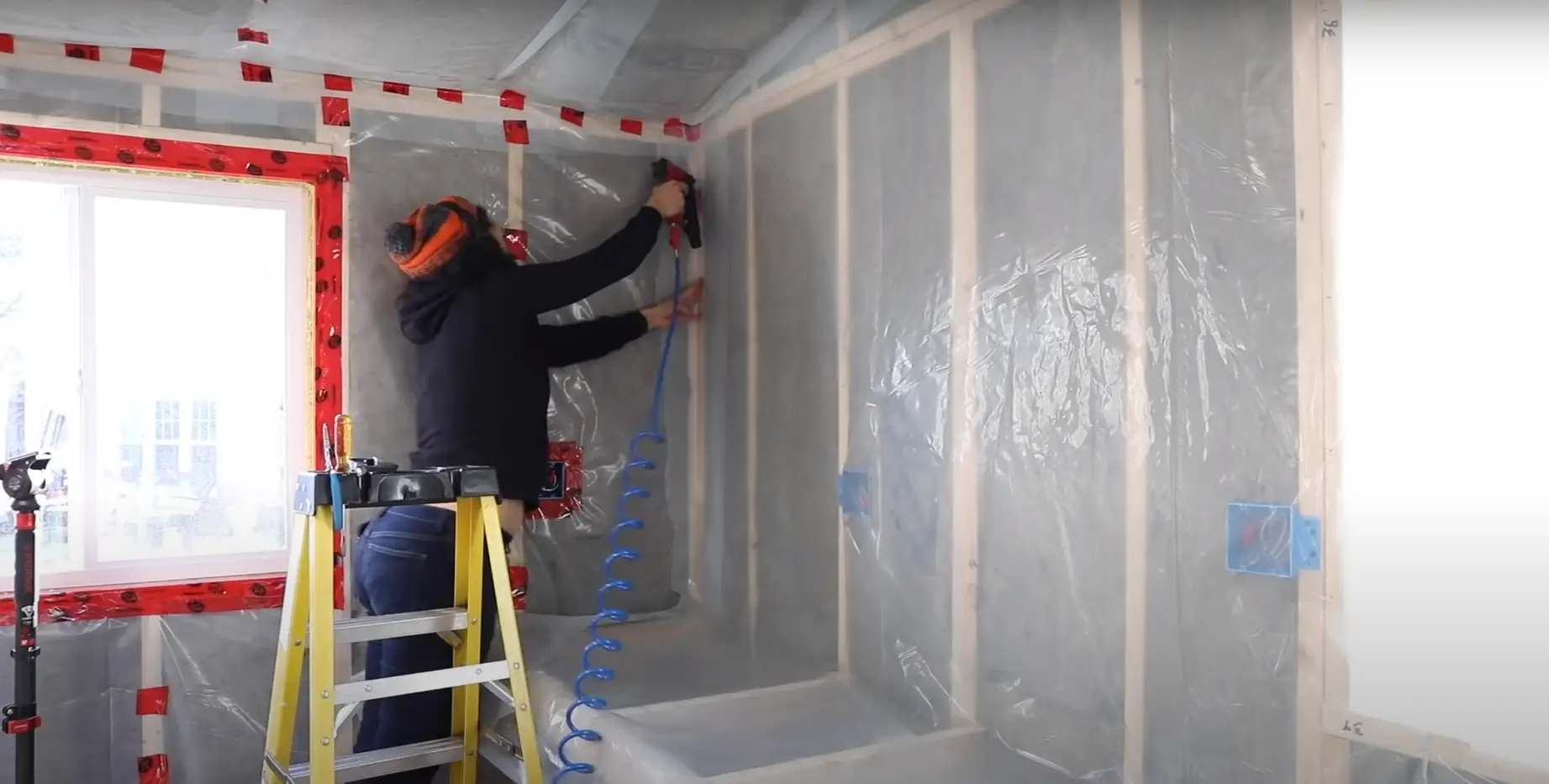
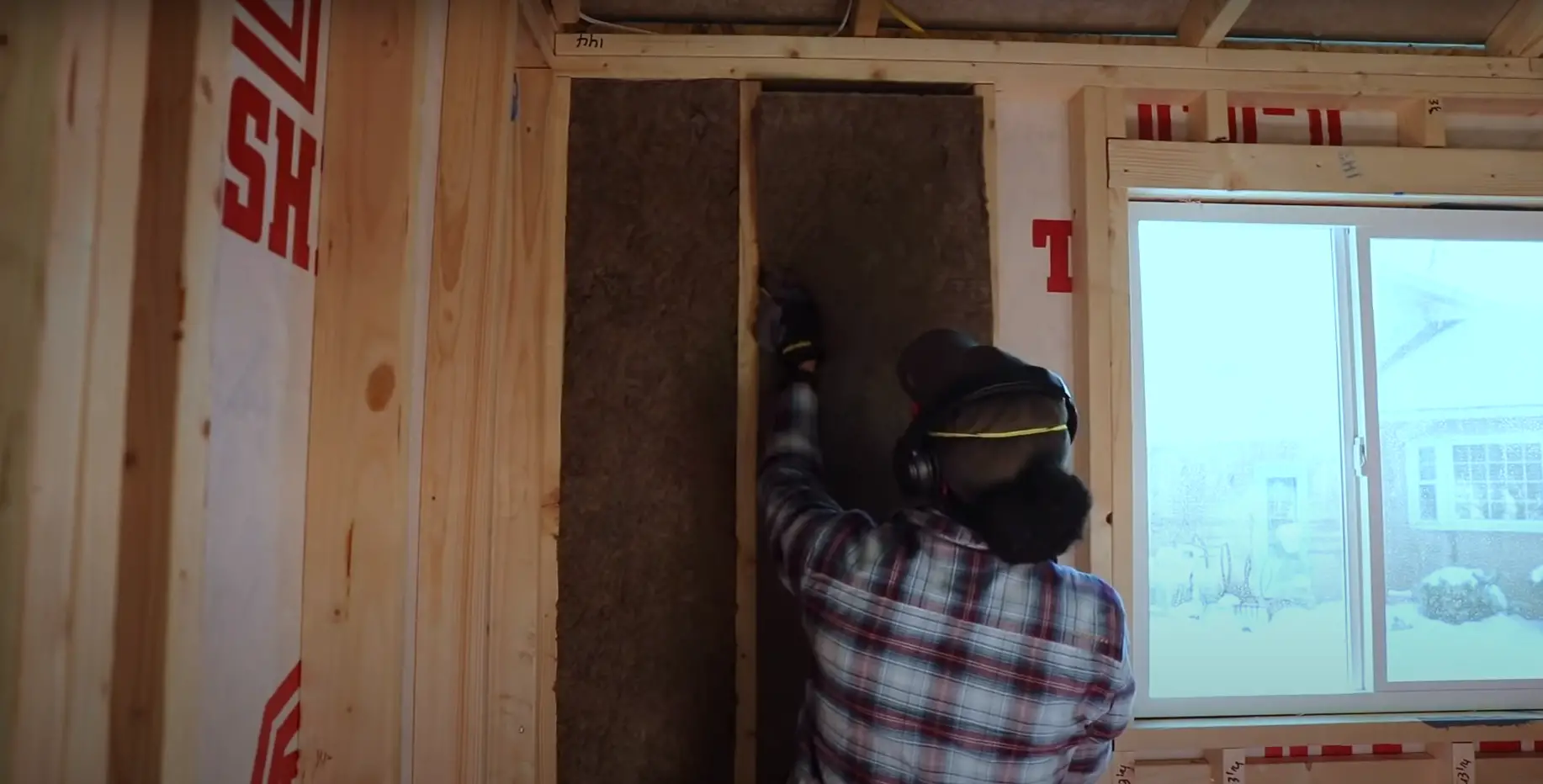
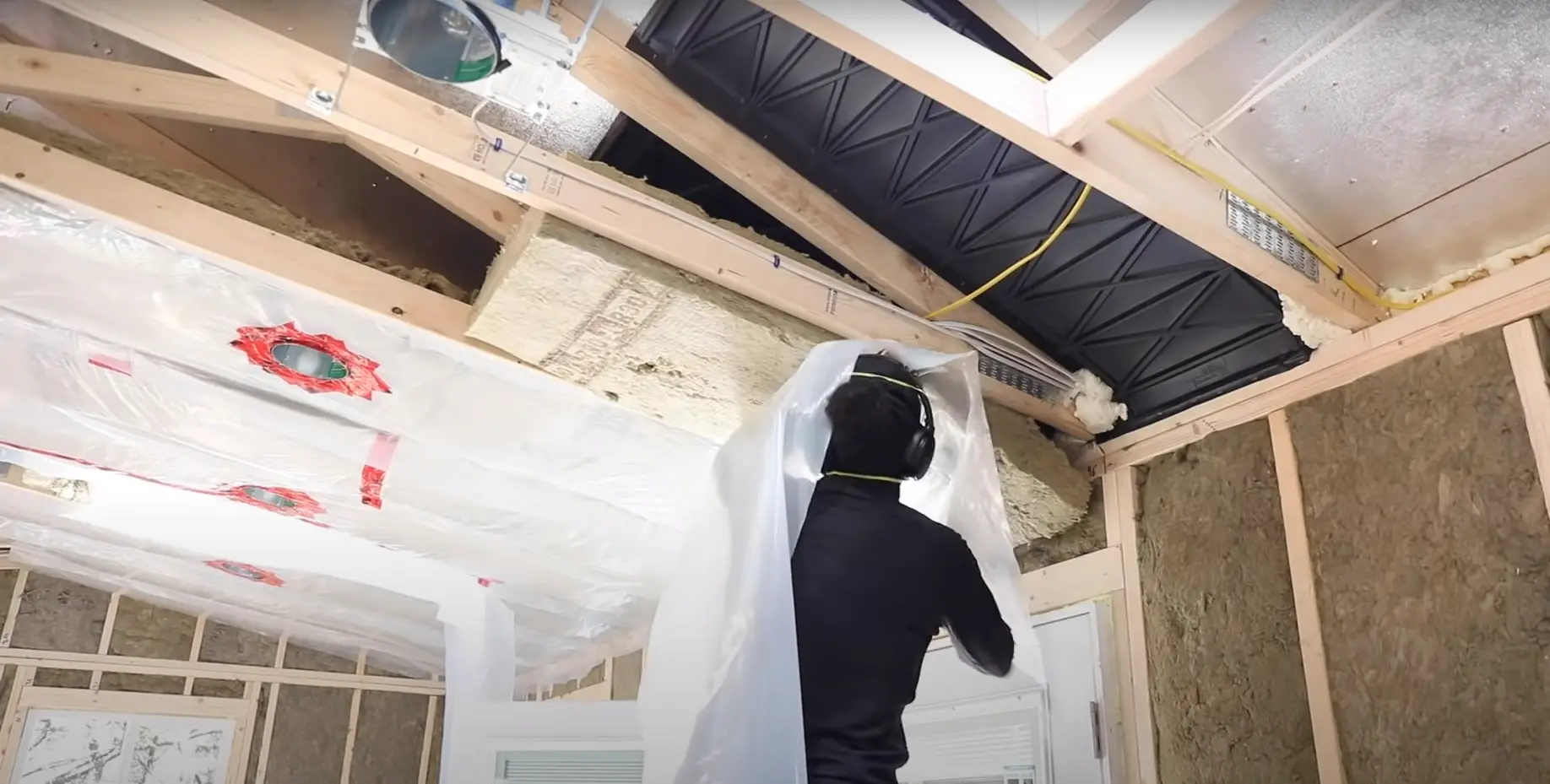
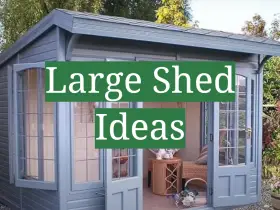
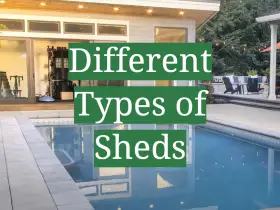

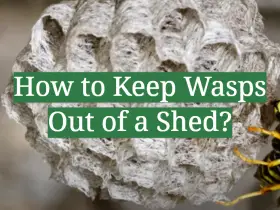
Leave a Reply
View Comments